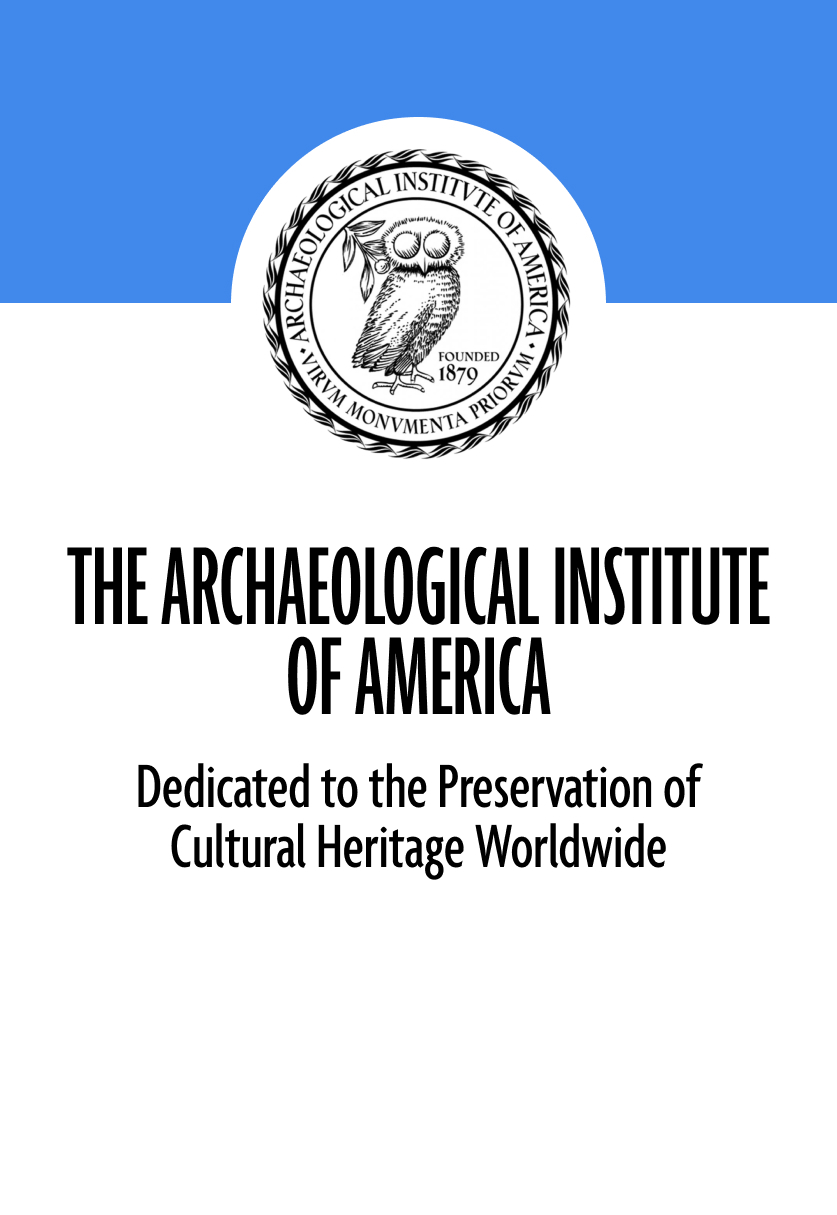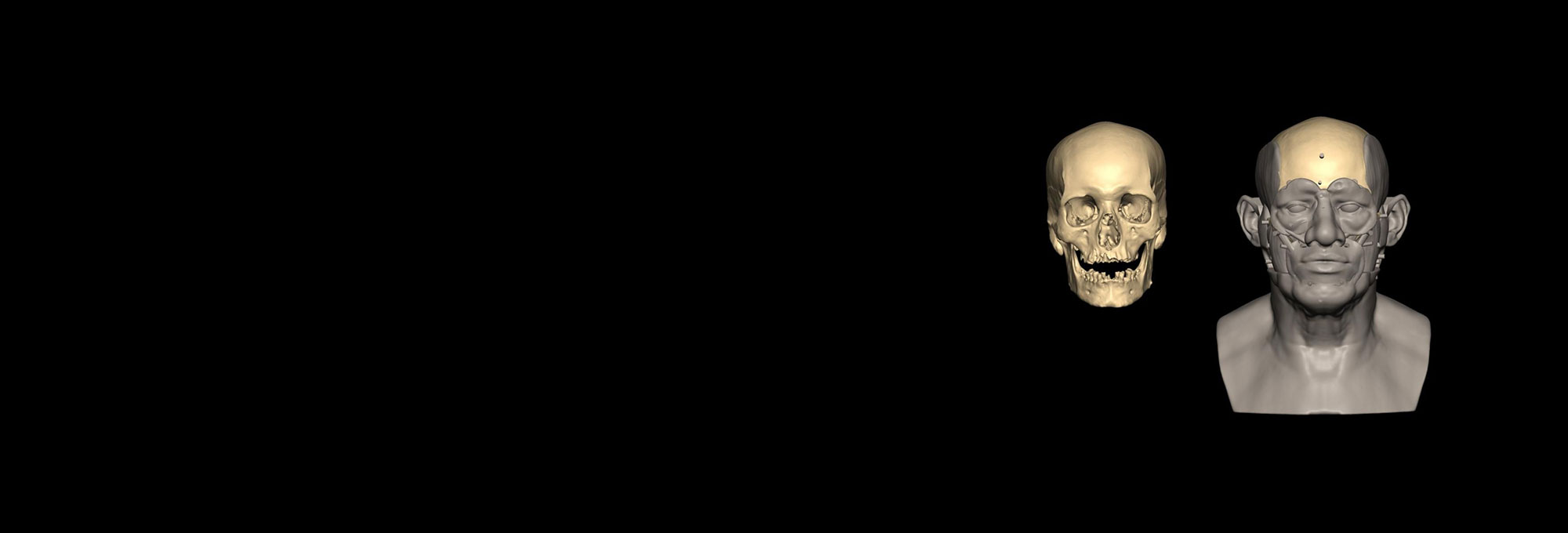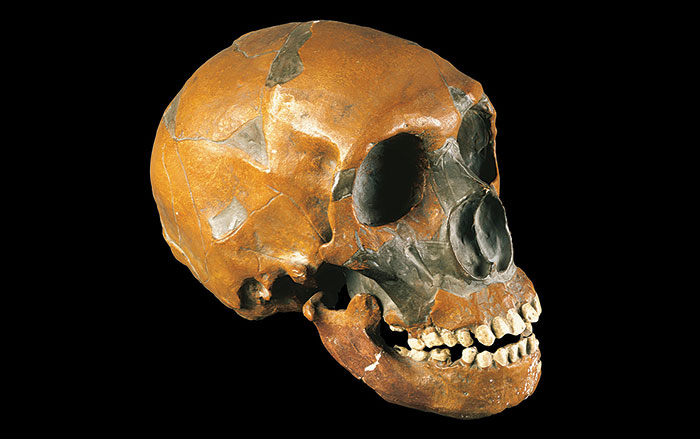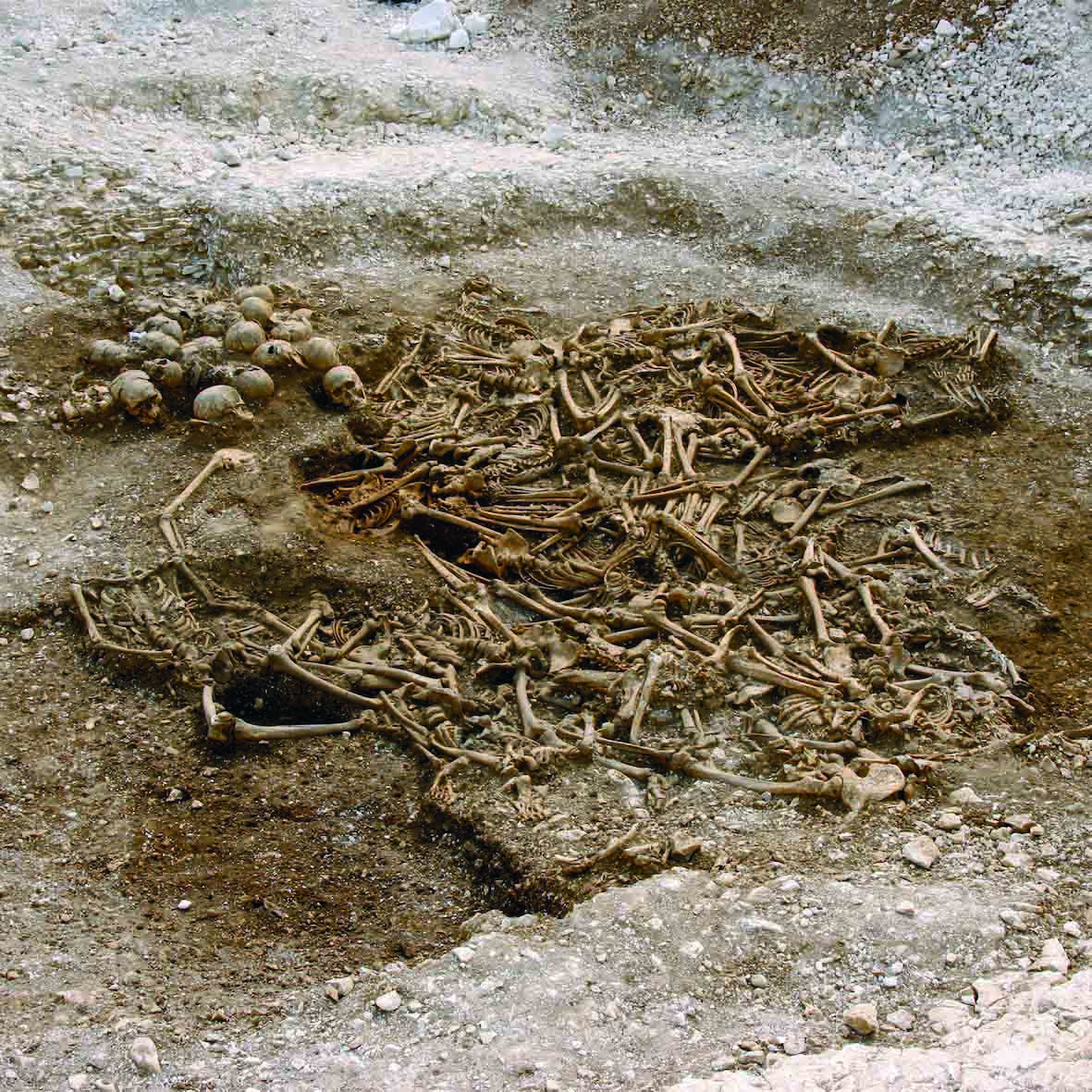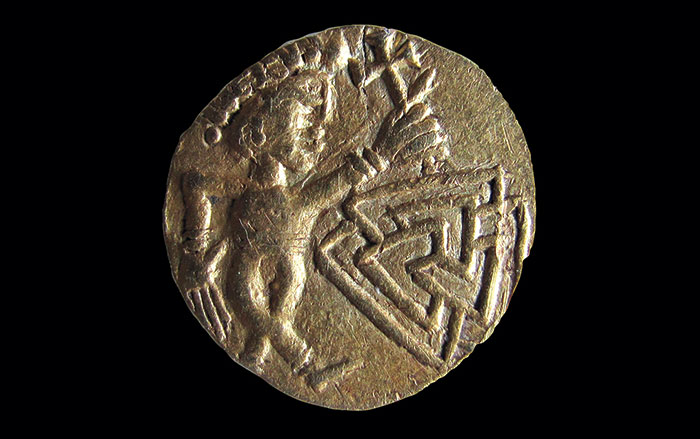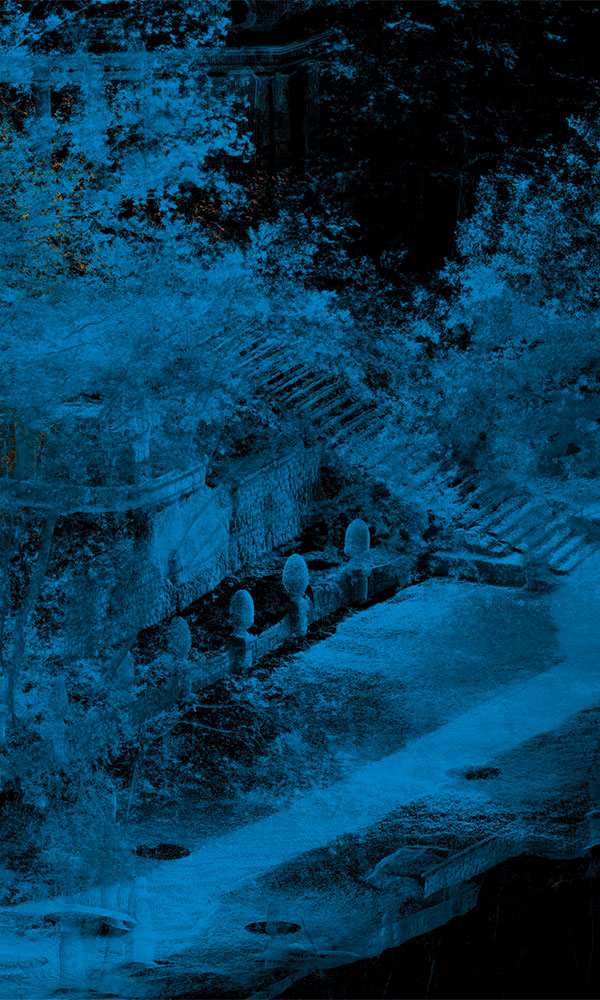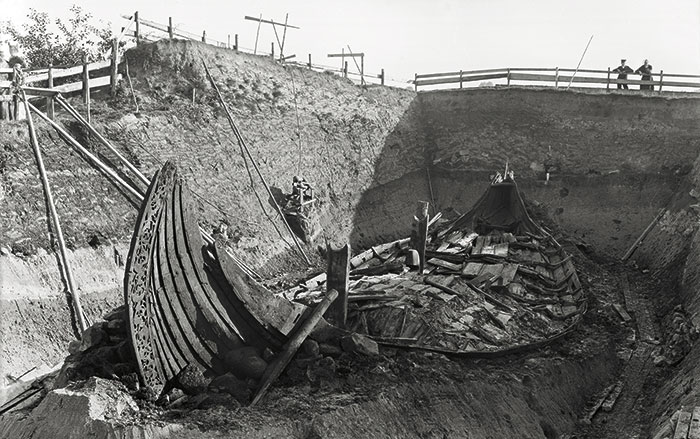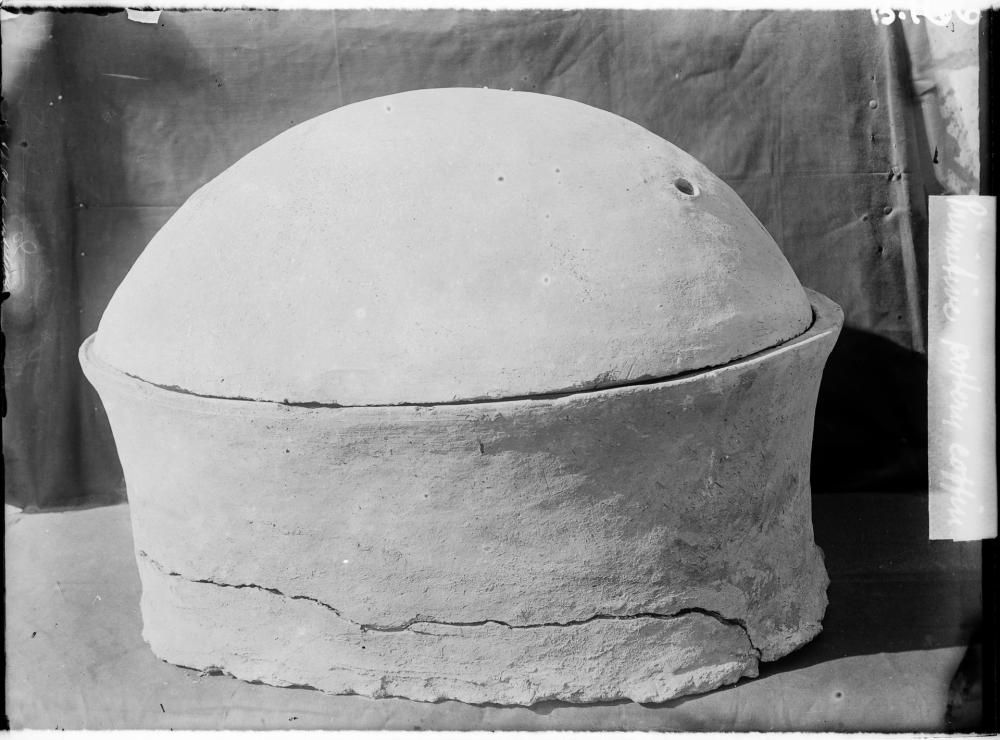
LIVERPOOL, ENGLAND—A team of geneticists from the Francis Crick Institute and Liverpool John Moores University successfully sequenced an entire genome of an ancient Egyptian for the first time, according to a statement released by The Francis Crick Institute. Experts have been trying to accomplish this feat for 40 years but have failed due to a lack of well-preserved DNA samples. However, researchers were finally able to extract sufficient DNA from a male individual whose remains were discovered at the site of Nuwayrat in 1902 and subsequently moved to the World Museum Liverpool. The man, who lived around the time the first pyramids were built between 4,500 to 4,800 years ago, was buried in a large ceramic pot. By analyzing his genetic code, the team determined that he shared 80 percent of his ancestry with North African populations and that, surprisingly, 20 percent came from ancestors who originated in western Asia, especially Mesopotamia. This demonstrates that people moved into Egypt from the ancient Near East and mixed with local populations at this time. “Piecing together all the clues from this individual’s DNA, bones and teeth have allowed us to build a comprehensive picture,” said geneticist Adeline Morez Jacobs of Liverpool John Moores University. “We hope that future DNA samples from ancient Egypt can expand on when precisely this movement from West Asia started.” Read the original scholarly article about this research in Nature. For more on archaeogenomics, go to "Ancient DNA Revolution."
